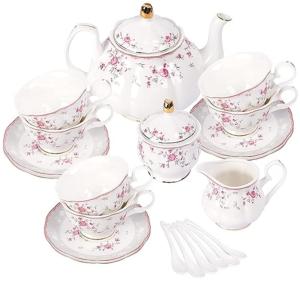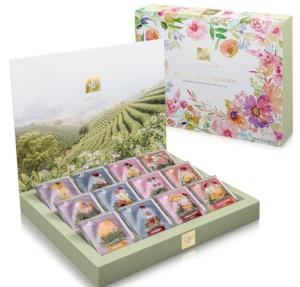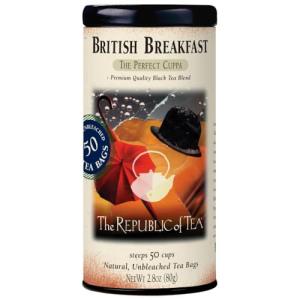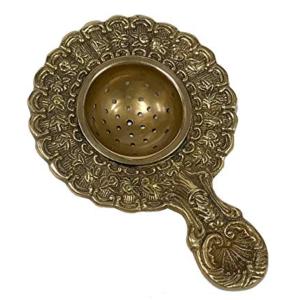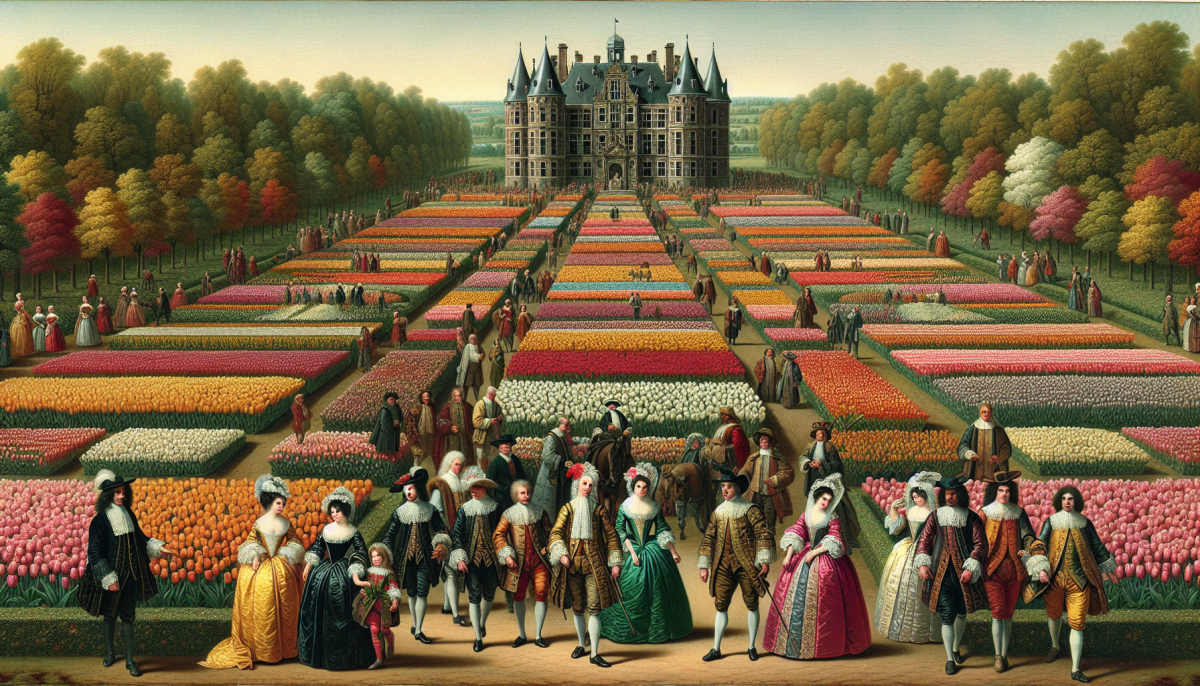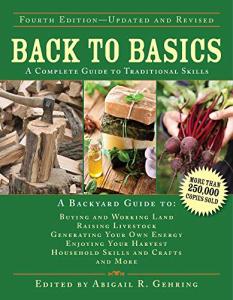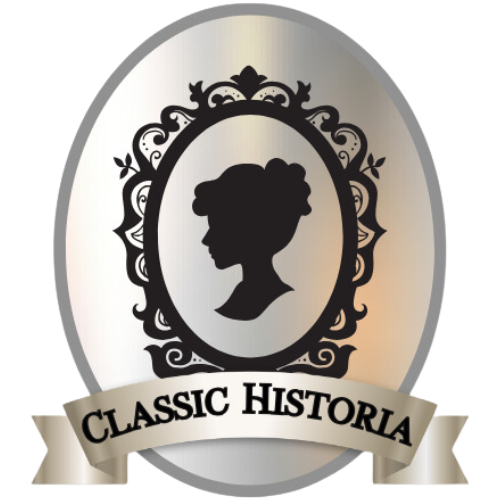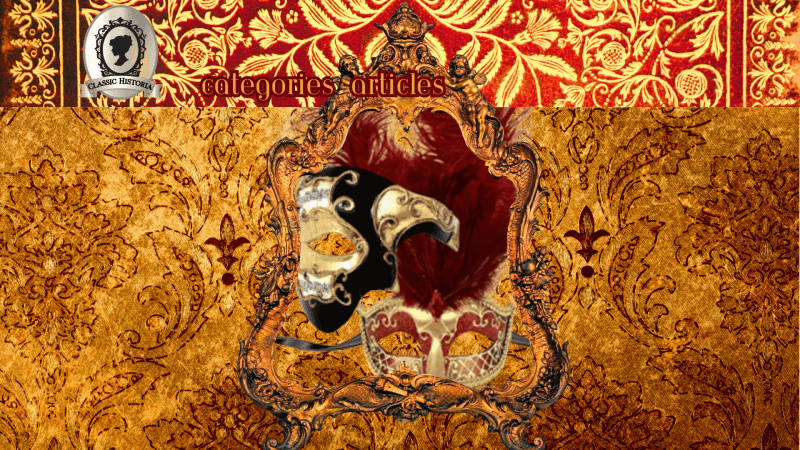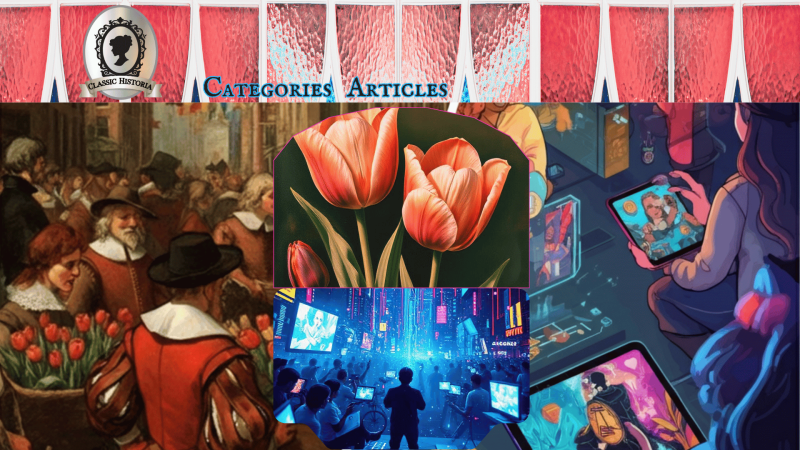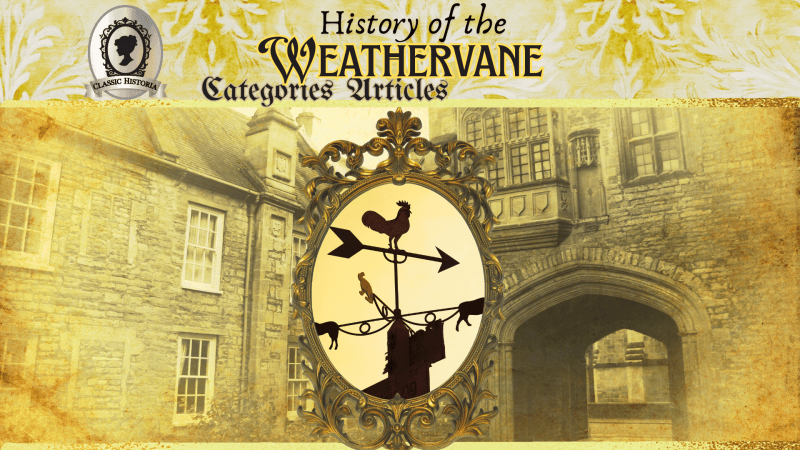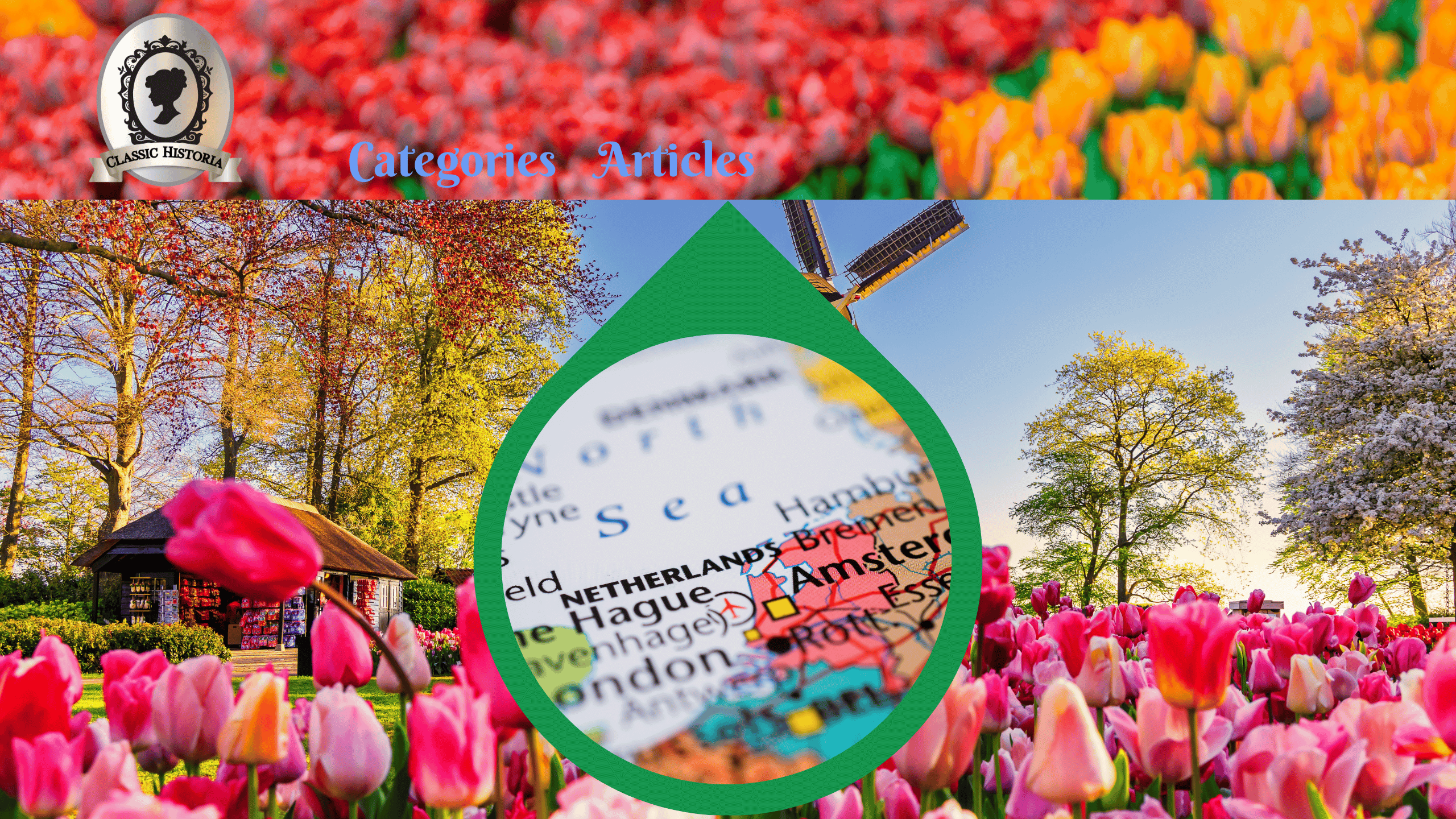
Classic Historia may receive a commission on purchases made through Amazon and eBay affiliate links at no additional cost to you.
The Keukenhof, often referred to as the "Garden of Europe," is one of the most renowned and visited flower gardens in the world. Situated in Lisse, Netherlands, this 79-acre park is a vibrant celebration of Dutch horticulture and history. Beyond its stunning floral displays, the site also houses the historic Keukenhof Castle, adding a layer of charm and significance to its allure. This article explores Keukenhof Historic Garden and Castle, along with fascinating facts about its cultural and historical importance.
The History of Keukenhof Garden
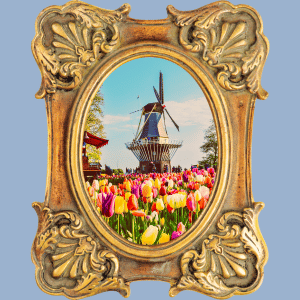
The Keukenhof Garden was established in 1949 by a group of prominent Dutch bulb growers and exporters. Their vision was to create an open-air exhibition space where they could showcase the vibrant variety and quality of Dutch tulip bulbs to the world. The Netherlands has a rich history of producing and exporting tulips, and the Keukenhof became a representation of Dutch expertise and innovation in the horticultural industry.
However, the history of the land itself dates back much further. During the 15th century, the area surrounding the modern-day Keukenhof was part of the large estate of Jacoba van Beieren, the Countess of Hainaut. Known for her love of nature and exploration, the countess used the land for a hunting ground, as well as for growing fruits, vegetables, and an herb garden for her kitchen, which is where the name "Keukenhof" ("kitchen garden") comes from.
Historical Development Timeline:
- 15th Century – Countess Jacoba van Beieren uses the land as a kitchen garden.
- 1641 – Keukenhof Castle is built by Adriaen Maertensz Block, a Dutch colonial administrator.
- 1949 – Keukenhof Garden officially opens as a public park and flower exhibition.
Why Tulips Matter in Dutch History
Tulips are deeply embedded in Dutch history, with a legacy stretching back to the 16th century. Introduced to Europe from the Ottoman Empire, tulips quickly became a coveted luxury item in the Netherlands. By the early 17th century, the country experienced "Tulip Mania," a period where tulip bulbs became so valuable that they were traded on stock markets and used as currency.
Although Tulip Mania eventually collapsed, tulips remained a centerpiece of Dutch culture and economy. Today, the Netherlands accounts for almost 90% of the world’s tulip bulb production, and the Keukenhof Garden plays a pivotal role in celebrating this vibrant industry.
Interesting Tulip Facts:
- The Netherlands exports over 2 billion tulip bulbs annually.
- Tulips symbolize love and life in many cultures.
- Despite their association with the Dutch, tulips are actually native to Central Asia.
The Keukenhof Experience Today
Modern-day Keukenhof is a horticultural masterpiece. It features the world's largest flower gardens, over 7 million flower bulbs, including tulips, daffodils, crocuses, and hyacinths, planted by hand each year. The garden is meticulously designed with themed landscapes, creative floral arrangements, and interactive displays that attract over 1.5 million visitors annually.
Highlights of the Garden:
- Themed Pavilions – Each year, Keukenhof embraces a unique theme. Past themes have included Dutch cultural heritage and sustainable gardening
- Water Gardens – Ponds, fountains, and waterways add tranquility and variety to the garden’s overall design.
- Other Themed Gardens – Keukenhof also features several other breathtaking themed gardens, including the serene Japanese garden. This space is designed with delicate cherry blossoms, winding paths, and traditional landscaping that reflect the elegance and tranquility of Japanese culture, offering visitors a peaceful retreat within the vibrant park.
- Flower Art – Keukenhof showcases incredible displays of flower art, where blossoms are carefully arranged to create stunning designs, patterns, and even portraits.
$13.79
4.8 out of 5 starsEssential Guide to Traditional Skills and Crafts
Discover the Timeless Techniques and Delightful Projects That Celebrate the Art of Handmade Creativity
Product information
Product Review Score
Product links
Annual Tulip Festival
The Tulip Festival is the main event of the Keukenhof calendar. Running annually from mid-March to mid-May, it attracts tourists and photographers from across the globe eager to capture the kaleidoscope of colors during the spring time.
Sample Chart Showcasing Tulip Varieties and Their Blooming Seasons
|
Tulip Variety |
Bloom Color |
Bloom Season |
|---|---|---|
|
Darwin Hybrids |
Red, Yellow |
Early Spring |
|
Triumph Tulips |
Pink, Purple |
Mid-Spring |
|
Parrot Tulips |
Multicolored |
Late Spring |
Keukenhof Castle
Nestled within the lush gardens, Keukenhof Castle is a historical gem that adds depth to the estate's allure. Built in 1641, the castle was originally a private residence for Adriaen Maertensz Block, a Dutch colonial administrator. However, before Block's ownership, the land belonged to Countess Jacoba van Beieren (Jacqueline of Bavaria) in the 15th century. She used the area as her hunting grounds and for growing herbs for her kitchen, which is where the name "Keukenhof" (Kitchen Garden) originates. Over the centuries, the castle passed through the hands of wealthy merchants and noble families, each leaving their mark on its history. The elegant structure displays classic Dutch architecture, including gabled rooftops, tall windows, and ornate interiors.
Key Highlights of the Castle:
- Castle Museum – Visitors can explore the historical furniture, artwork, and documents that provide insight into Dutch aristocratic life during the 17th century.
- Seasonal Exhibitions – The castle frequently hosts contemporary art exhibitions and cultural events, including the renowned Castlefest in summer and the enchanting Christmas Fair during the holiday season.
- Castle Gardens – Separate from the main flower garden, the castle gardens offer a more tranquil and historic setting featuring ancient trees, water features, and sculptures.
Preserving Dutch Cultural Heritage
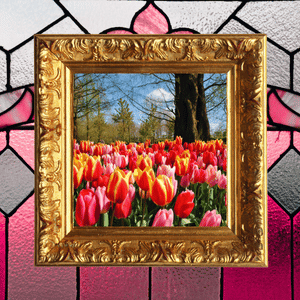
The Keukenhof Tulip Garden and Castle are not just tourist attractions but also guardians of Dutch cultural heritage. Each year, the park implements sustainability initiatives to ensure the preservation of its land and the reduction of its ecological footprint. Additionally, the garden acts as an educational space, teaching visitors about the history of Dutch horticulture as well as modern gardening practices.
Final Thoughts
The Keukenhof Tulip Garden and Castle are not just a feast for the eyes but also a window into Dutch history and culture. From its humble beginnings as Countess Jacoba’s kitchen garden to its modern status as a global icon of floral artistry, Keukenhof represents the timeless beauty of nature and the enduring legacy of Dutch horticulture. Whether you’re exploring the meticulously curated tulip displays or wandering through the historic castle grounds, Keukenhof offers an unforgettable experience that bridges the past and present.
Tips for Visitors
Planning a visit to Keukenhof? Maximize your experience with these helpful tips:
- Visit During the Tulip Festival – The best time to visit is during tulip season, between late March and early May, when the tulips are in full bloom.
- Arrive Early – The gardens can get crowded, so arriving early will allow you to explore the park with fewer visitors.
- Don’t Miss the Windmill – Climb the historic windmill inside the garden for panoramic views of the surrounding tulip fields.
- Bike Through the Fields – Rent a bike after exploring the gardens to tour the expansive tulip fields that surround the park.
- Flower Parade – Plan your visit around the annual Flower Parade, a vibrant procession of blooming floats that travels through the region, showcasing stunning floral artistry.
- The Largest Lily Show – Visit the pavilion hosting the world’s largest lily show, featuring an incredible variety of vibrant lilies meticulously arranged to highlight their beauty and diversity.
- Walking on Water – Experience the unique sensation of walking across a pond using a series of stepping stones that allow you to feel as though you're gliding over the water, surrounded by serene beauty.
- Tulip Mosaic – Marvel at the intricate Tulip Mosaic, a breathtaking piece of art created from thousands of tulips carefully planted to form a stunning large-scale image.
- Tour Guides – Join a knowledgeable tour guide who will provide fascinating insights into the garden's design, history, and the meaning behind each feature, ensuring a richer and more engaging experience.
- Shuttle Bus – Keukenhof offers a convenient shuttle bus service for visitors.
Keukenhof offers a diverse selection of dining options that cater to different tastes, ensuring visitors can enjoy delicious meals during their visit to the gardens.
| Restaurant | Offerings |
|---|---|
|
Beatrix Pavilion |
Breakfast, coffee, lunch, and dinner |
|
The Blooming Dutch |
Breakfast, coffee, lunch, and dinner |
|
Food Trucks |
Frites, pasta, smoothies, hamburgers, and drinks |
|
Grab & Go |
Quick snacks and beverages |
|
Irene Pavilion |
Coffee, lunch, and dinner |
|
Jacoba's Kitchen |
Fully vegetarian breakfast, coffee, lunch, dinner |
|
Juliana Pavilion |
Coffee, lunch, and dinner |
|
Venlo Kas |
Coffee, drinks, and light snacks |
|
Wilhelmina Pavilion |
Breakfast, coffee, lunch, and dinner |
|
Willem-Alexander Pavilion |
Breakfast, coffee, lunch, and dinner |
Canvas Leather Messenger Bag for Men, Military Travel | Classic Historia
Crafted with Durability and Style, Perfect for the Modern Adventurer
Product information
$40.99
Product Review Score
4.5 out of 5 stars
8099 reviewsProduct links
|
Category |
Details |
|---|---|
|
Website |
|
|
Address |
Stationsweg 166A, 2161 AM Lisse, Netherlands |
|
|
info@keukenhof.nl |
|
Phone Number |
+31 (0) 252 465 555 |
|
Cost to Enter |
Adults €19, Children €9 (prices may vary) |
|
Opening Hours |
8:00 AM - 7:00 PM |
|
Months Open |
Mid-March to Mid-May |
The City of Lisse: Home to the Keukenhof Estate
Lisse, a charming town located in the western Netherlands, is famously known as the home of Keukenhof, one of the world's most famous gardens. Situated in the province of South Holland, Lisse is often referred to as the heart of the Dutch Flower Region due to its vast gardens that bloom vibrantly each spring. These fields, filled with tulips, daffodils, and hyacinths, transform the landscape into a colorful patchwork that attracts visitors from around the globe.
Dating back to the 10th century, Lisse has a rich and fascinating history. Its name is believed to be derived from the Dutch word "lisse," meaning small forest or grove, referencing the area’s historic greenery. Over time, the town developed from a quiet agricultural community to a significant hub for flower cultivation, partly fueled by the tulip mania that swept the Netherlands during the 17th century. Today, Lisse remains deeply intertwined with the flower trade and is home to various flower-related industries and businesses.
Aside from Keukenhof, Lisse boasts several other attractions that highlight its cultural and historical significance. The Castle Keukenhof, a stately estate located near the gardens, offers visitors a chance to explore its beautiful grounds and learn about the area’s aristocratic heritage. The Black Tulip Museum, or "Museum De Zwarte Tulp," is another must-visit destination, providing an in-depth look at the history of flower culture, tulip breeding, and the art of bulb cultivation.
Lisse is also well-positioned for exploring the quintessential Dutch countryside. Visitors can enjoy bicycling or walking along scenic trails that wind through the flower fields, canals, and picturesque villages. The town plays host to a variety of festivals throughout the year, the most famous of which is the Bloemencorso, or Flower Parade, where elaborately decorated floats adorned with fresh flowers travel through the region, offering a vibrant celebration of Dutch floral artistry.
Decorated floats adorned with fresh flowers travel through the region, offering a vibrant celebration of Dutch floral artistry. Though small, Lisse offers a blend of natural beauty, historical charm, and cultural richness, making it an ideal destination for nature enthusiasts and history buffs alike. Its deep connection to the flourishing flower industry ensures its place as a unique jewel in the Netherlands, where visitors can immerse themselves in the breathtaking beauty of Dutch horticulture. Additionally, Lisse’s proximity to the beach provides yet another alluring attraction, allowing visitors to enjoy the tranquility of the coastline just a short distance away!
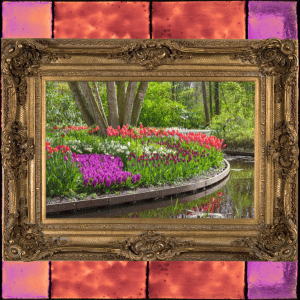
Interesting Fact: Lisse's Connection to 17th-Century Dutch Nobility
One interesting fact about Lisse is its connection to 17th-century nobility. The town was a popular summer retreat for wealthy Dutch merchants and aristocrats during the Golden Age, known for its lush countryside and tranquil landscape.
Many of these wealthy landowners built grand estates and flower beds in Lisse, making it a hub for horticulture and garden design. These gardens were not only used for leisure but also as a way to showcase their wealth and status.
Like this article? Discover more at Classic Historia for a deeper exploration into the past that has shaped our world.
Stay connected with Classic Historia and discover more timeless treasures by following us on our social media platforms:
"With Classic Historia, you can find the perfect gift for any occasion or add a touch of nostalgia to your own home."
Business Phone Number:
(833) 222-7544
Business Address:
Classic Historia
1220 Oak Street, Suite J PMB1007
Bakersfield, CA 93304-1072
United States
